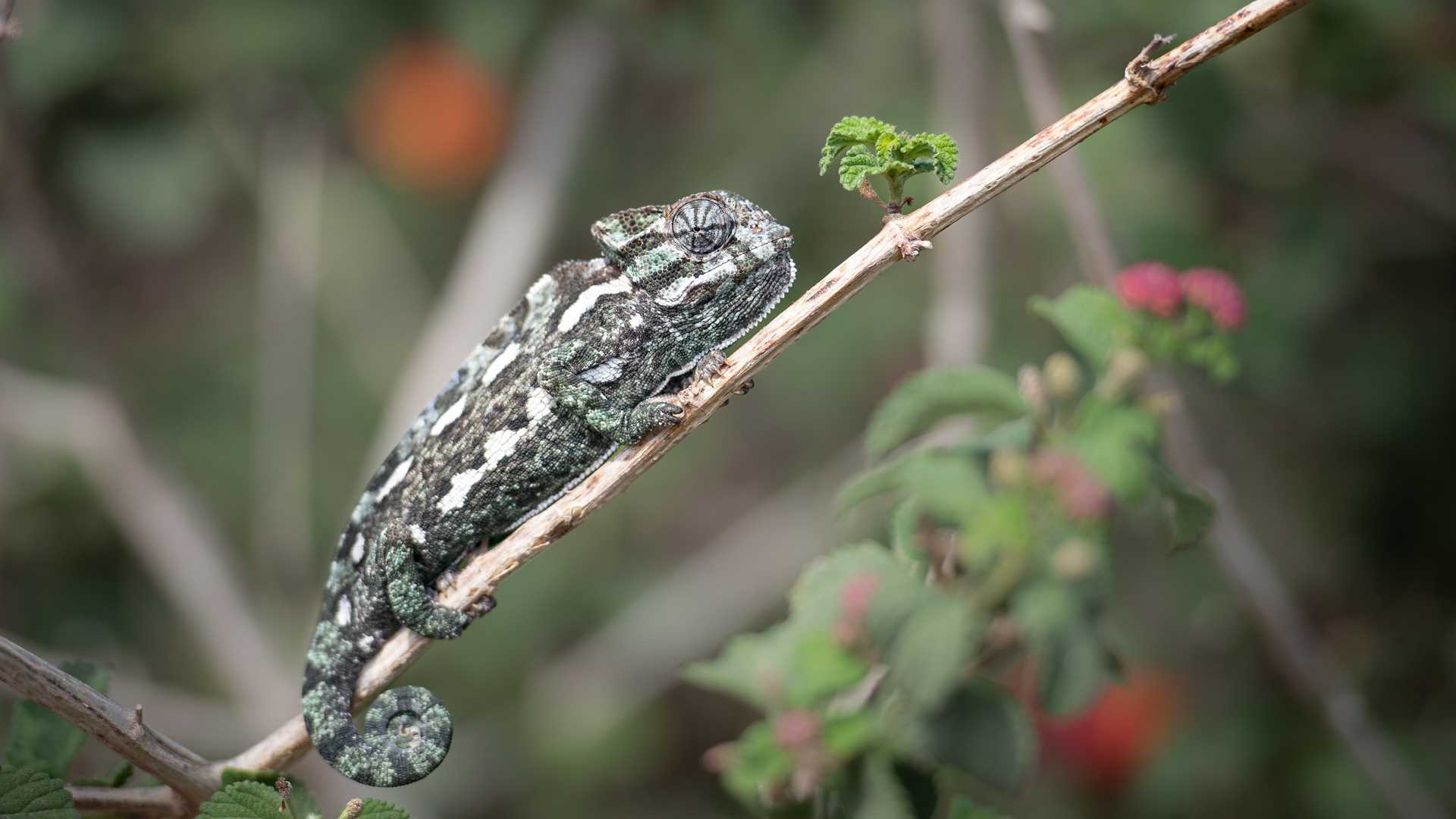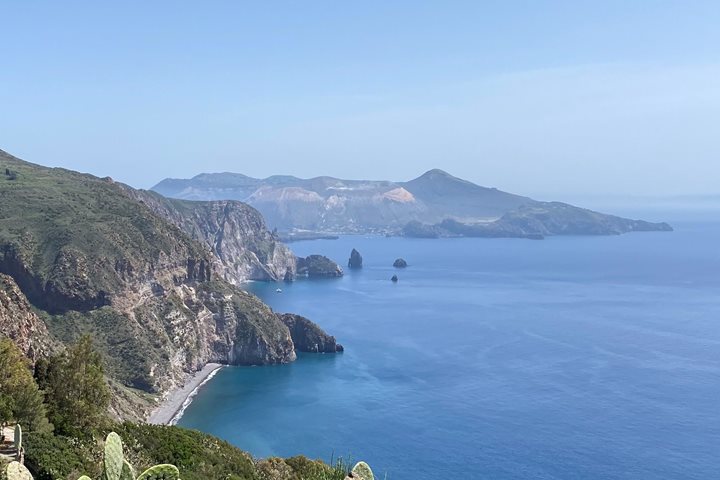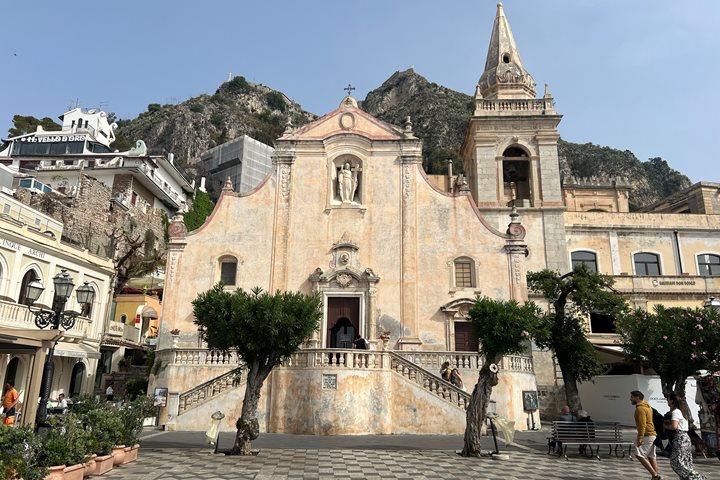The small island of Gozo came into view at 5:30 a.m. as the sun rose over the island’s cliffs. This is the second largest island in the Malta archipelago. In comparison to the main island of Malta, it is far less busy and far more fertile, raising tomatoes and potatoes for export. Sea Cloud must anchor outside the harbor of Gozo, as the ship is too large for the small harbor. We boarded Zodiacs for our ride to the island. Once ashore, we got on our coaches for a 20-minute ride to visit a traditional Maltese windmill and the Ggantija Temple complex.
Our first stop was the windmill of Giuseppe Grech. The owner was born, lived, and died in this mill. Bread was a staple of life and before there were commercial bakeries, farmers brought their grain to be milled here. The ground floor was for his tools and for the animals. Mr. Grech’s home on the second floor is now a museum, illustrating life in the 20th century for peasants. We climbed to the top and saw the massive millstones. Our next stop was just a few hundred-meter walk – the Ggantija Temple complex. This extraordinary site contains two temple complexes. The earliest, the South Temple, dates from 3600 BCE and is thus older than the pyramids of Egypt and Stonehenge. The North Temple, directly adjacent, dates from approximately 3000 BCE. The walls of these temples originally rose almost 25’, and they were plastered and painted with red ochre pigment imported from Sicily. The massive blocks that make up the walls are chiefly cut from the softer Coralline limestone. Finer work, such as the passage walls and the altars, are made from the softer Globigerina limestone. All this cutting was done with stone tools, including the volcanic glass obsidian that was imported from as far away as Pantelleria and Lipari, some three hundred kilometers north.
The temple complexes are apsidal in shape, containing five apses. Archeologist Daniel Clark estimated that it took the equivalent of 15,529-man days to complete the South Temple complex. Estimates of population suggest that no more than 300 men were working on the project at any one time, so they took years to build. The temples were likely roofed with wooden timbers and covered with rushes and clay. There is no conclusive evidence of a priestly class, but it is assumed there was a social hierarchy. The other curious fact is that there is no evidence for a slow evolution of temple building. This was the very end of the Neolithic Period. With the single exception of Stonehenge, Neolithic peoples did not typically dress (that is, finish with tools) the stone surfaces, and thus the dressed stones of these temples are the first in recorded history.
The sculptures that were found often illustrate female figures, which perhaps indicate some fertility goddess. Human skeletons were found buried in the typical crouched position and sprinkled with red ochre. They were interred with statues and other implements, but there is no indication of special orientation. Life expectancy would have been mid-30s. Infant mortality was likely 50% or higher, and women died in childbirth. There is no hint of warfare in this earlier period, but decline did set in. It appears there was a sudden collapse around 2500 BCE, but there is no evidence that warfare was the cause. Disease may have played a part, as did deforestation and the exploitation of land for increased food for a growing economy. In short, the precise reasons why this Neolithic temple culture disappeared are unknown. After lunch, our captain gave an informative discussion as the sails were raised at 2:00 p.m. At 3:15, Tom Heffernan gave a talk on the Fourth Crusade and its implications for the survival of the Eastern Roman Greek Empire. Expedition leader Paula gave a very informative talk on the astonishing history of Sea Cloud. After that, we were all treated to champagne and caviar and a visit to the original state rooms. Tomorrow, we move to Syracuse, Sicily.







